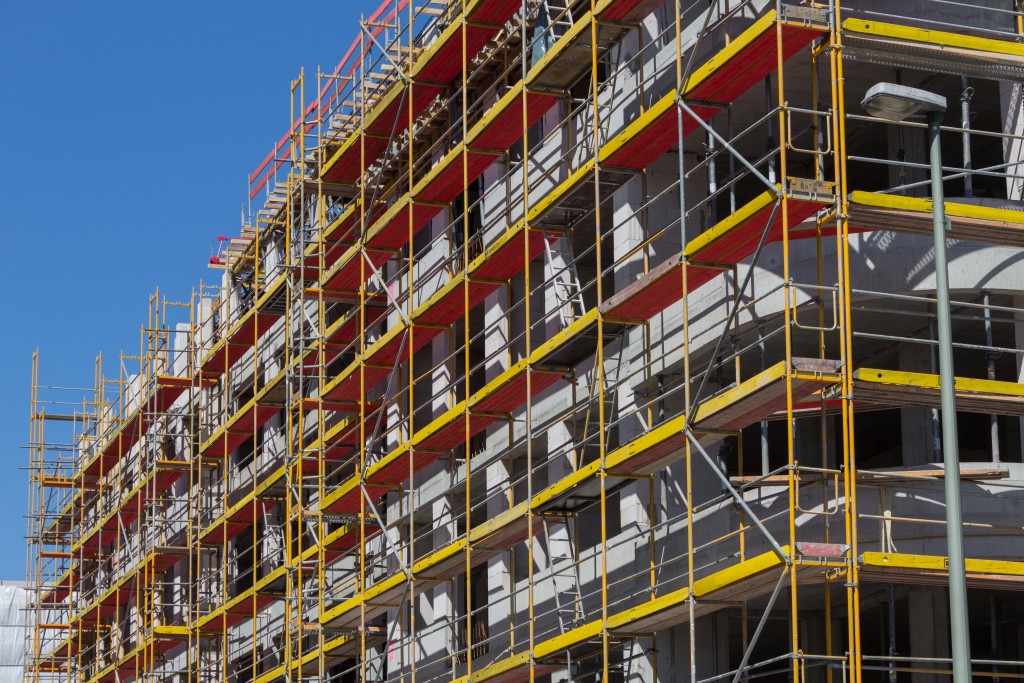Do you know that proper site preparation contributes towards a successful construction project? For example, if your site is not in good shape, you might not like the outcome of your construction work. Careful site preparation is critical, and one wrong move can significantly affect the entire project. For this reason, it is vital to learn how to prepare the site for construction.
Testing the Soil
Soil testing should be done before you purchase land for construction. Geological testing is done to determine if the soil can withstand the weight of your building or not. If the soil absorbs a lot of water and is soft, then it’s not suitable for construction. Soil testing also helps you determine the foundation that is required to maintain structural integrity. You should work with professionals for proper testing and interpretation of the results.
Clearing Your Site
After you have determined that the soil type is suitable for construction, site clearing is the next step. Site clearance provides you with enough space for excavation and other construction phases. If the land has grass cover, you need to get professionals to cut down the grass and remove the rubbish.
If your site has enormous boulders that can complicate the construction work, reputable rock breakers in Australia can help you crush them and clear the site. The rock breakers have advanced skills and equipment to help remove the huge and prepare the ground.
The site clearing procedure can vary significantly. It can include demolishing buildings and moving trash, rocks, and structures that might be on the site. You also need to remove trees and stamps using the right equipment to commence a construction project on leveled ground.
Survey the Site

After clearing the site, it is time to survey the land. This stage is done by a professional surveyor to determine the appropriate measurements and locations where you should construct a structure. It also determines the correct boundaries of your structure. At this stage, the contractors make a perfect physical model and plan for your project. Site surveying is a requirement and can make or break your project.
Soil Compaction
The soil under the foundation should be compacted to make it denser and increasing its resistance to water infiltration and erosion. The procedure is done using heavy machinery like rollers and compactors. Soil compaction reduces the pore spaces of soil by forcing solid materials to come together. Compacted soil is ideal for construction sites as it can support the weight of the structure.
Design a Plan
The next stage is creating a plan for your site. This includes knowing the location of plumbing systems, pipes, drainage and septic tanks, and fixtures. These systems should be carefully designed during the planning stage to avoid issues after completion of the project.
With all that said, remember that construction requires intense planning and proper site preparation. All contractors need to follow the right steps to achieve the desired outcome. This guide highlights noteworthy stages of site preparation for construction work.

